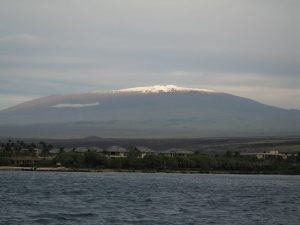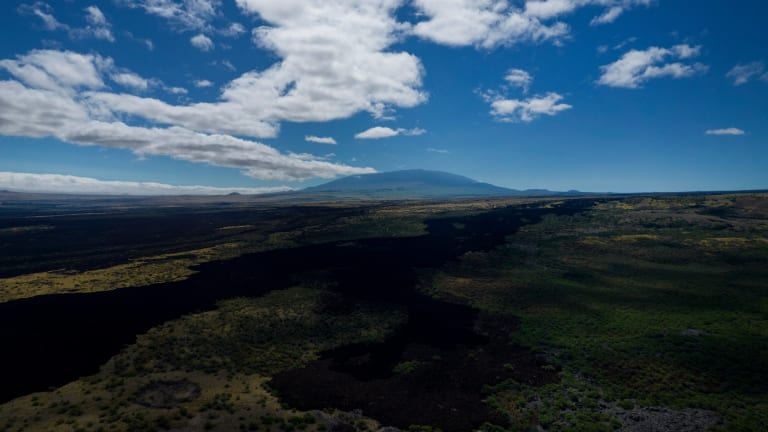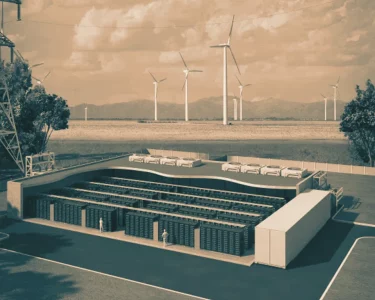Mauna Kea, the tallest mountain in Hawaii, has been a site of significant scientific interest due to its ideal conditions for astronomical observations. However, the construction and operation of observatories on this sacred land have raised concerns about their environmental impact.
The Significance of Mauna Kea
Mauna Kea’s high altitude, stable atmospheric conditions, and minimal light pollution make it an optimal location for observing celestial phenomena. Over the years, numerous observatories have been established on its summit, drawing scientists from around the world to conduct groundbreaking research in astronomy, astrophysics, and cosmology. The discoveries made here have contributed immensely to our understanding of the universe.
Environmental Impact of Observatories
The construction and operation of observatories on Mauna Kea have not been without consequences for the delicate ecosystem. The development of infrastructure, including roads and buildings, has altered the natural landscape. The disruption caused by construction activities and ongoing maintenance has led to concerns about soil erosion, habitat fragmentation, and potential impacts on native flora and fauna. Light pollution from the observatories can disrupt the natural behavior of nocturnal species and affect the sensitive ecosystems present on the mountain

Efforts Toward Environmental Protection
Recognizing the importance of preserving Mauna Kea’s ecosystem while fostering scientific research, various stakeholders have taken steps to minimize the environmental impact of observatories.
Mitigation Measures: Collaborative efforts between observatories, environmental organizations, and native Hawaiian groups have resulted in the implementation of mitigation measures.
Cultural and Environmental Monitoring: Continuous monitoring of the environmental and cultural impact of observatories is crucial. Initiatives involving indigenous Hawaiian groups have been established to ensure that the cultural significance of Mauna Kea is respected, and any potential harm is identified and addressed promptly.
Restoration and Conservation Programs: Several programs focus on restoring damaged areas and conserving the unique biodiversity of Mauna Kea. Efforts to replant native species, restore habitats, and minimize the footprint of existing infrastructure aim to restore balance to the mountain’s ecosystem.
Improved Governance and Regulation: Enhancing governance and regulatory frameworks governing observatory operations is crucial.
Exploration and Environmental Preservation
The debate surrounding the presence of observatories on Mauna Kea epitomizes the ongoing global challenge of balancing scientific progress with environmental conservation. The pursuit of knowledge about the cosmos must be harmonized with the responsibility to protect and respect the natural world. Finding a sustainable solution involves fostering collaboration among scientists, indigenous communities, environmentalists, and government bodies.

Conclusion
Mauna Kea stands as a testament to the remarkable intersection of scientific curiosity and natural beauty. The quest for understanding the universe must be pursued conscientiously, considering the ethical and environmental implications of our actions. By embracing innovative technologies, respectful collaboration, and a deep reverence for the environment, we can ensure that Mauna Kea remains a beacon of scientific discovery while safeguarding its precious ecosystem for generations to come.




